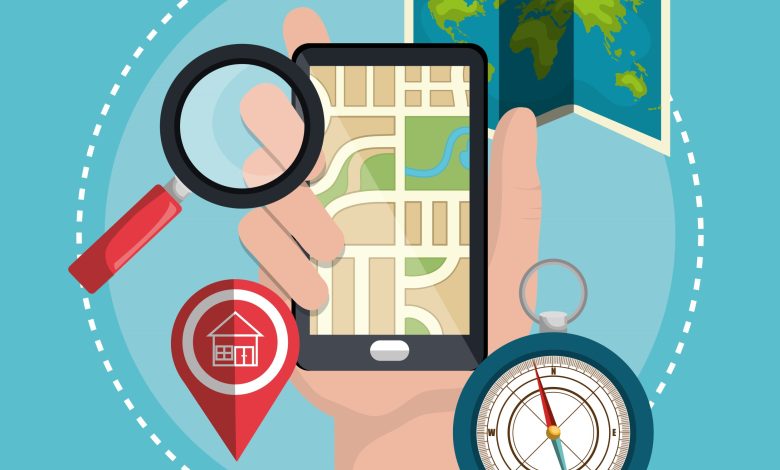What is location-based marketing (LBM)?

The term “location-based marketing” began to spread and be used widely, but it turned out that few mobile companies understand what it means, and most importantly, how to use it.
In fact, anyone can test this tactic, because geomarketing involves interacting with a user based on their location. How do marketers personalize ads for a user? And what to use to collect prospect location data? We will tell you today.
Location service-based marketing
Location service-based marketing includes all data about a person’s physical location. Information is usually obtained via GPS satellites. If you have ever opened an online map and zoomed in on an object in the form of a blue dot for detailed study, then you have already dealt with the transfer of GPS data.
If the phone’s GPS is turned off (or if it cannot find a signal), location data is transmitted from cell towers instead. This method is less accurate, but it always works. If you’ve opened your map underground or while on the move, you’ve probably got location data from a cell tower.
What will location-based marketing technology give a brand?
You can customize the display of your ads to users closest to you, or to those people who have ever geotagged near you, even if you do not have a physical store, you can offer your services in those cities that are priority. Below are the most common ways to interact with a user through geomarketing.
Geo targeting
Ads are shown to potential customers based on their location. It is not determined using GPS, but by the IP addresses of users. We can say that geotagging is constantly following smartphones. Sites originally used the IP addresses of users to serve personalized content. For example, an online store offering currency rates depending on the user’s country.
IP addresses rarely show accurate data, and it’s hard for marketers to target specific areas based on this data alone. This is why this technology is more commonly used for a wider audience: affection for a major city or country. For marketers looking to get a pinpoint hit, it’s better to use geofencing, which we’ll cover below.
Geofencing
Geofencing is the mobile era’s answer to traditional geo-targeting. It uses the location of the GPS device, and not its IP-address, so the data is much more accurate, moreover, it is updated while the user is moving, so this type of geomarketing is great for quick information.
Geofencing is best used for small areas: separate areas, streets. Especially if the purpose of the application is to attract passing people to a real store.
How to get started with geomarketing?
The importance of location based marketing is clear, but the technical implementation is complex. The easiest way is a mobile marketing platform that supports location-based campaigns. On social networks, you can configure the display of ads, depending on the user’s location. And, of course, in order for the targeting to work, you need high-quality ad creative!






